Identification de sources
This axis corresponds to a strong field of scientific interest as well as to important practical fall-outs.
Nowadays, sources are very badly known and a strong effort has to be carried out to characterize them. The works from the laboratory are based on the identification of sources through inverse problems. The developed techniques have been based on original approaches with back-propagation at the acoustical level, using the equations related to the radiation of the structure. The laboratory works on identifications of sources at the vibratory level from direct or indirect measurements as for the vibratory field of the structure. The FAT method is a technique allowing for instance to localise and identify the vibratory excitations having different origins, the incidents developped in 1996 and being used since then : occasional excitations through forces or moments (mechanical ones), shared excitations (mechanical, acoustical or magnetic ones), spatially decorrolated (aeroacoustic excitations).
Examples of studies
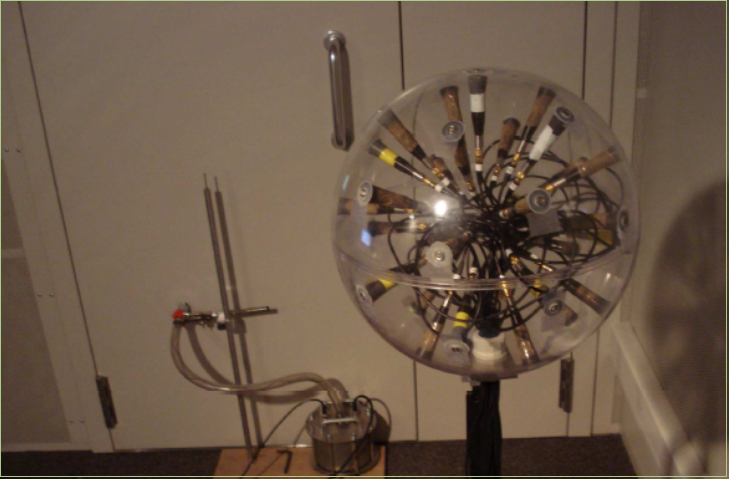
Spherical sensor array for source localisation in closed spaces (Acoubus project)

Blind separation of acoustic sources through criteria of least complexity
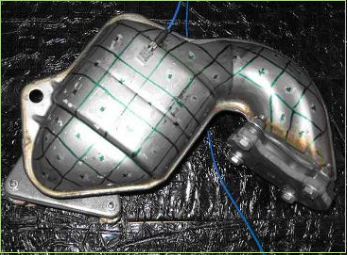
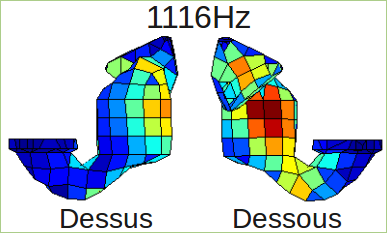
Method of pressure, velocity and acoustical intensity identification of sources through measurements of pressure and radiated acoustic velocity

Identification of efforts applied to structures through an inverse and filtered windowed resolution
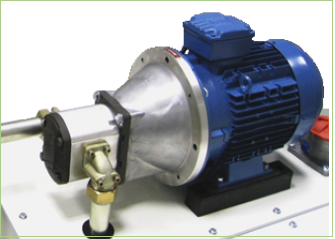
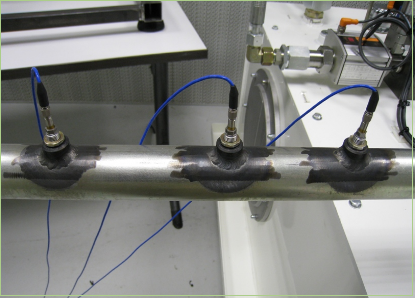
Characterisation of vibratory and acoustical sources. Application to hydraulic pumps for the structure borne noise and pressure pulsations transmitted through the hydraulic system.
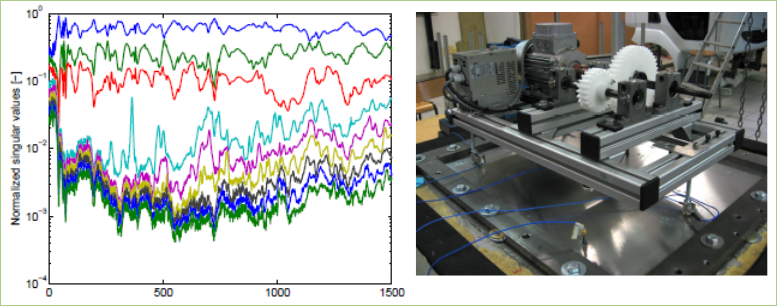
Application of the TPA (Transfer Path Analysis) methods and the OPA (Operational Path Analysis) ones

